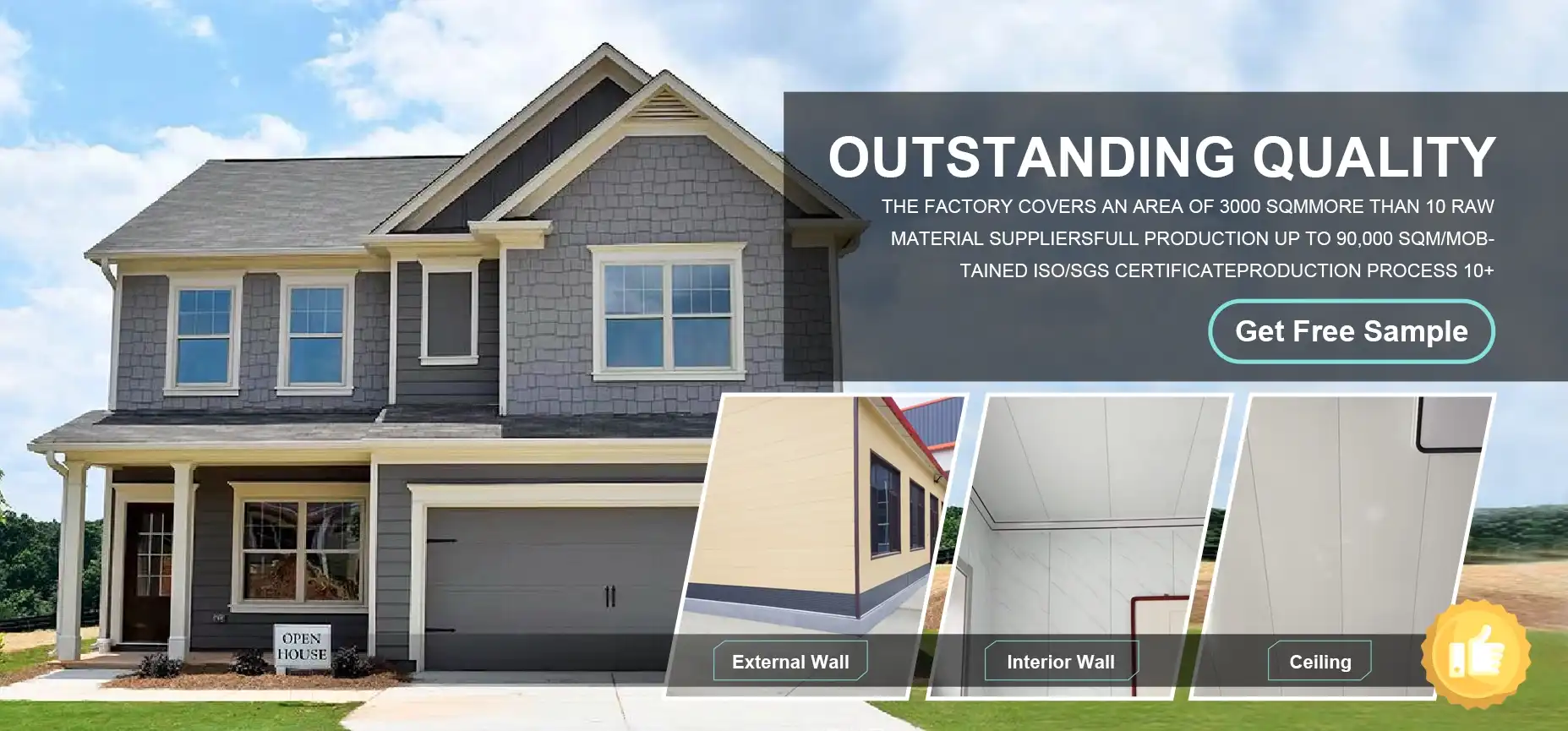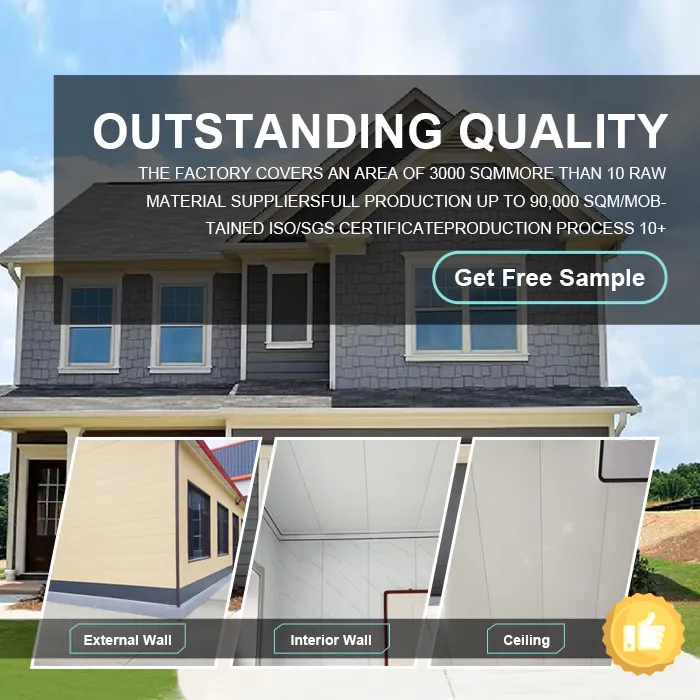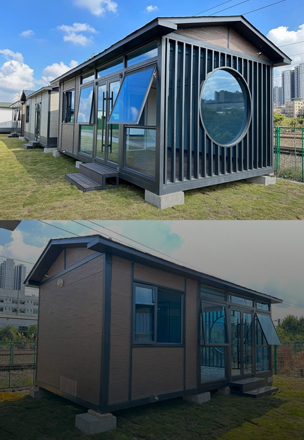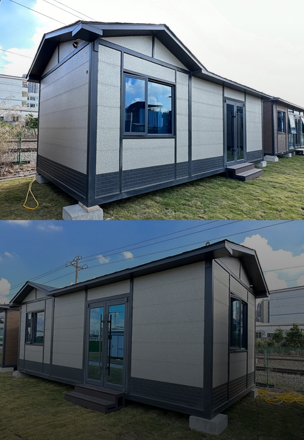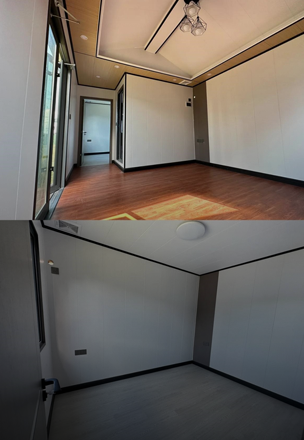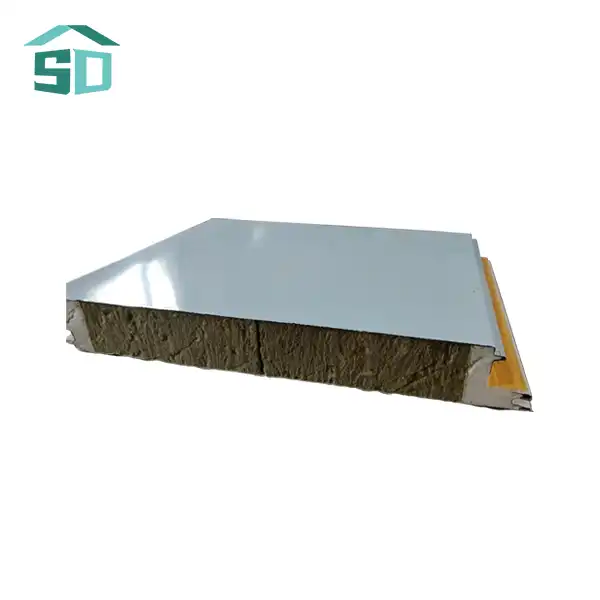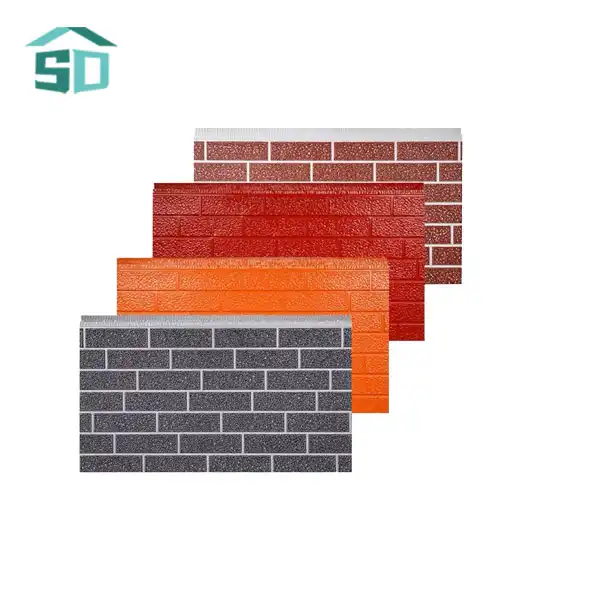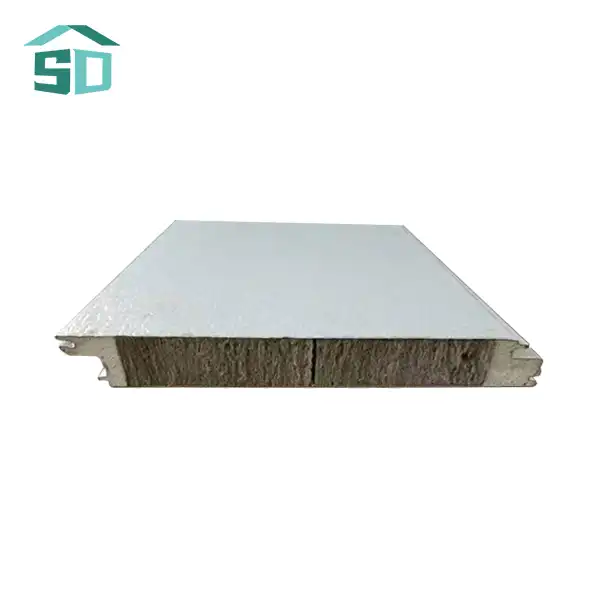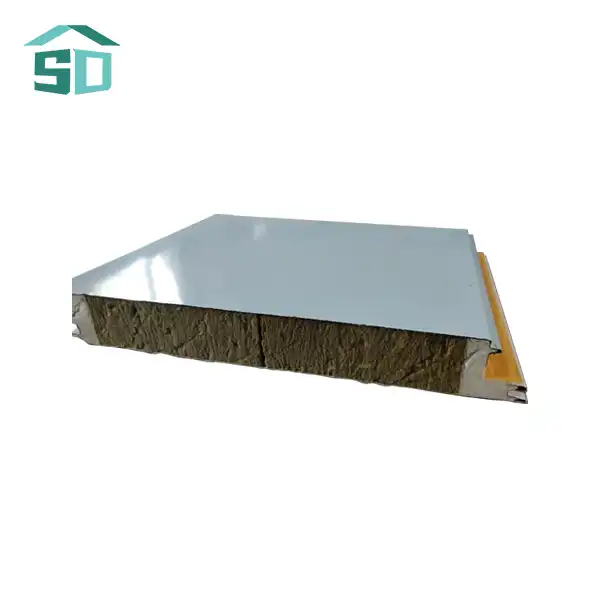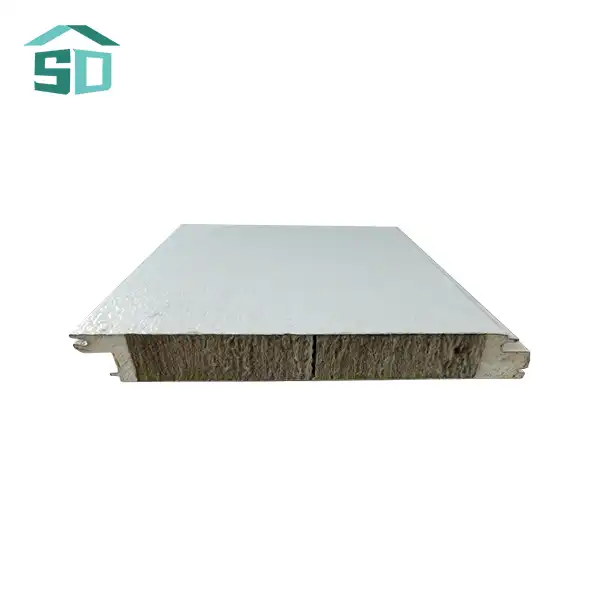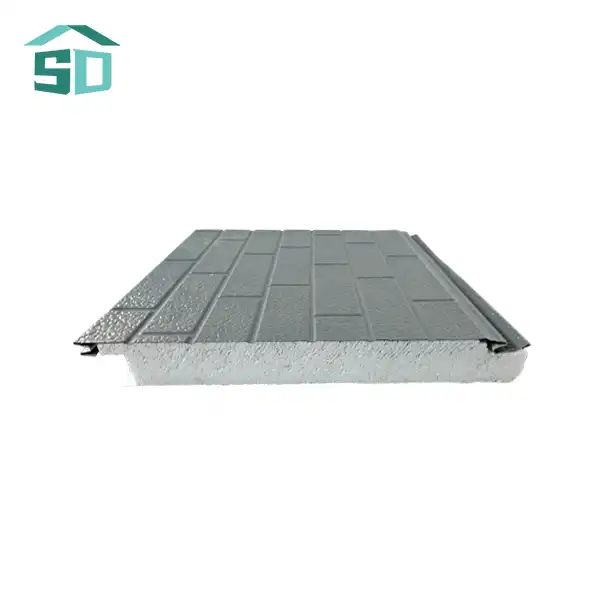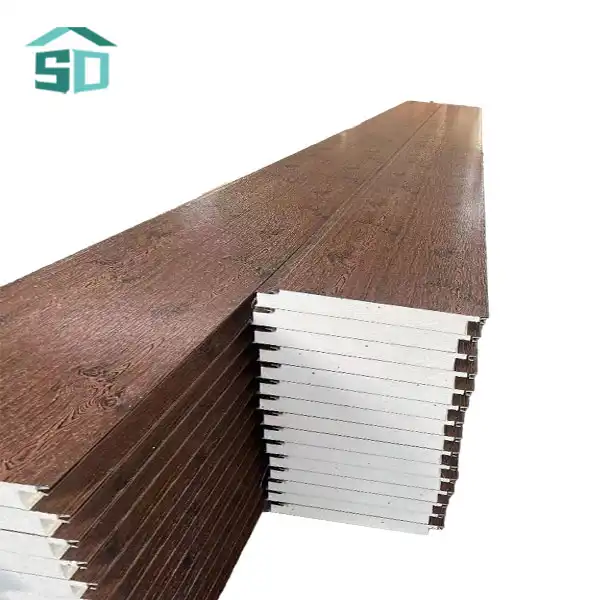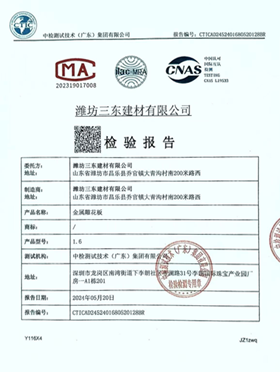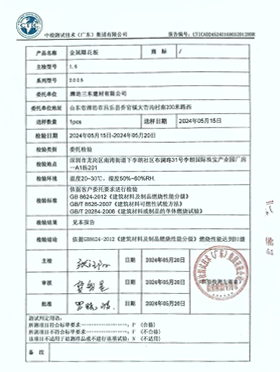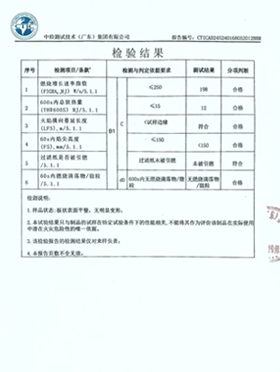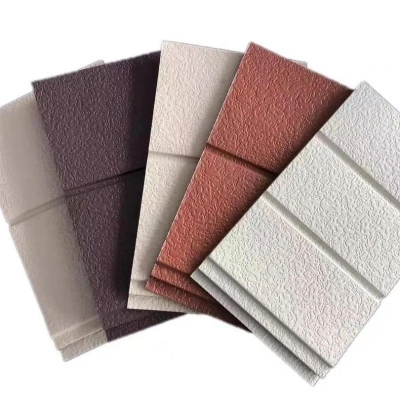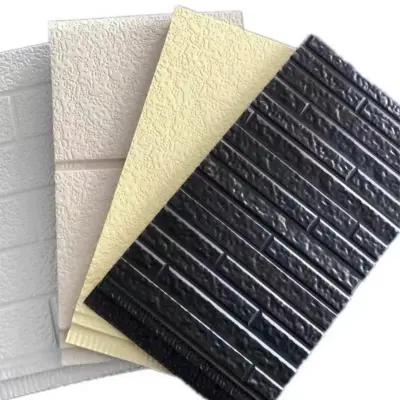- English
- French
- German
- Portuguese
- Spanish
- Russian
- Japanese
- Korean
- Arabic
- Greek
- German
- Turkish
- Italian
- Danish
- Romanian
- Indonesian
- Czech
- Afrikaans
- Swedish
- Polish
- Basque
- Catalan
- Esperanto
- Hindi
- Lao
- Albanian
- Amharic
- Armenian
- Azerbaijani
- Belarusian
- Bengali
- Bosnian
- Bulgarian
- Cebuano
- Chichewa
- Corsican
- Croatian
- Dutch
- Estonian
- Filipino
- Finnish
- Frisian
- Galician
- Georgian
- Gujarati
- Haitian
- Hausa
- Hawaiian
- Hebrew
- Hmong
- Hungarian
- Icelandic
- Igbo
- Javanese
- Kannada
- Kazakh
- Khmer
- Kurdish
- Kyrgyz
- Latin
- Latvian
- Lithuanian
- Luxembou..
- Macedonian
- Malagasy
- Malay
- Malayalam
- Maltese
- Maori
- Marathi
- Mongolian
- Burmese
- Nepali
- Norwegian
- Pashto
- Persian
- Punjabi
- Serbian
- Sesotho
- Sinhala
- Slovak
- Slovenian
- Somali
- Samoan
- Scots Gaelic
- Shona
- Sindhi
- Sundanese
- Swahili
- Tajik
- Tamil
- Telugu
- Thai
- Ukrainian
- Urdu
- Uzbek
- Vietnamese
- Welsh
- Xhosa
- Yiddish
- Yoruba
- Zulu
Why Sandong Building Materials?
Sandong Building Materials always adheres to the deep cultivation of technology, the pursuit of perfect quality, and constantly absorption the advantages of various building materials in the world.
Equipped with the most advanced production lines and quality control system, strict testing of steel coils, aluminum foil, and polyurethane, including comprehensive inspections of product thickness, paint film thickness, mechanical strength, flame retardancy, and product appearance.
Sandong Building Materials




Product Recommendations
Here we will showcase some of our main products
USER EVALUATE
blog

Oct 16 2024
When it comes to designing the exterior of a building, one of the most critical choices is the type of cladding used. Cladding not only influences the aesthetic appeal of a structure but also plays a significant role in its durability, insulation, and overall performance. As someone deeply invested in architecture and building design, I have often pondered the question: which is the best cladding for exterior surfaces? In this article, I will explore various types of cladding materials, their advantages and disadvantages, and provide insights into making an informed choice.
Understanding Cladding
Cladding is essentially a protective layer applied to the exterior of a building. It serves several purposes: it protects the underlying structure from weather elements, provides insulation, and enhances the overall appearance of the building. Different cladding materials can dramatically alter the building’s aesthetic, energy efficiency, and even its market value.
The Importance of Choosing the Right Cladding
Selecting the appropriate cladding is crucial for several reasons. First, it impacts energy efficiency. A well-insulated building can significantly reduce heating and cooling costs, contributing to sustainability. Second, the choice of cladding influences maintenance requirements. Some materials are more durable and easier to maintain than others. Lastly, the aesthetic appeal of cladding can enhance or detract from the building's overall character, influencing perceptions and even resale value.
Types of Cladding Materials
In my experience, there are several popular types of cladding materials to consider. Each has its unique characteristics, advantages, and potential drawbacks.
1. Wood Cladding
Wood has long been a favored choice for cladding due to its natural beauty and warmth. It can create a classic, rustic look that is appealing in many architectural styles.
Advantages of Wood Cladding
Aesthetic Appeal: Wood offers a timeless look that can enhance any building.
Insulation: Wood provides good thermal insulation properties.
Sustainability: When sourced from responsibly managed forests, wood is an eco-friendly option.
Disadvantages of Wood Cladding
Maintenance: Wood requires regular maintenance, including staining or sealing, to protect against weather damage.
Vulnerability: It is susceptible to rot, pests, and fire if not treated properly.
2. Vinyl Cladding
Vinyl cladding has gained popularity for its affordability and low maintenance requirements. It mimics the look of wood without the associated upkeep.
Advantages of Vinyl Cladding
Cost-Effective: Vinyl is often more affordable than wood or metal options.
Low Maintenance: It does not require painting or sealing.
Variety: Available in many colors and styles, making it versatile.
Disadvantages of Vinyl Cladding
Durability: While it can withstand some weather, it may fade or become brittle over time.
Environmental Impact: Vinyl production involves significant energy use and can contribute to pollution.
3. Fiber Cement Cladding
Fiber cement is an engineered product that combines cement, sand, and cellulose fibers. It offers the appearance of wood without the disadvantages associated with natural materials.
Advantages of Fiber Cement Cladding
Durability: It is resistant to rot, pests, and fire.
Low Maintenance: Requires minimal upkeep compared to wood.
Versatility: Can be painted in any color and mimics wood or stucco finishes.
Disadvantages of Fiber Cement Cladding
Weight: Heavier than other materials, which may require additional structural support.
Cost: More expensive upfront compared to vinyl or traditional wood cladding.
4. Metal Cladding
Metal cladding, often made from aluminum or steel, offers a modern aesthetic and impressive durability. It has become increasingly popular in contemporary architecture.
Advantages of Metal Cladding
Longevity: Metal is highly durable and can last for decades with little maintenance.
Recyclable: Many metal products are recyclable, contributing to sustainability efforts.
Weather Resistant: Metal performs well against harsh weather conditions.
Disadvantages of Metal Cladding
Cost: Initial costs can be higher than other materials.
Thermal Conductivity**: Metal can absorb heat, potentially increasing cooling costs unless properly insulated.
5. Brick and Stone Cladding
Brick and stone offer a classic, robust appearance that is often associated with high-end buildings. They provide excellent durability and insulation.
Advantages of Brick and Stone Cladding
Durability: Both materials are incredibly durable and resistant to weather damage.
Aesthetic Value: They add significant character and value to a property.
Low Maintenance: Require little upkeep once installed.
Disadvantages of Brick and Stone Cladding
Cost: Both materials can be expensive to install.
Weight: Heavier cladding options may necessitate additional structural support.
Factors to Consider When Choosing Cladding
In my journey to understand cladding, I’ve found that several factors should guide the decision-making process. These include:
Climate and Weather Conditions
The local climate plays a crucial role in determining the best cladding. For instance, regions prone to heavy rainfall may benefit from materials that resist moisture, while areas with high fire risks may require non-combustible materials.
Building Design and Aesthetics
The architectural style of the building should harmonize with the chosen cladding. A modern home may look stunning with metal or fiber cement, while a traditional home might benefit from wood or brick.
Budget Considerations
Costs can vary widely among different cladding materials. It’s essential to balance initial costs with long-term maintenance and energy efficiency to find the best value.
Sustainability
As environmental concerns grow, many homeowners prioritize sustainable building materials. Opting for responsibly sourced wood or recyclable materials can contribute to a building’s green credentials.
Conclusion: The Best Choice for Your Project
Determining the best cladding for an exterior is not a one-size-fits-all decision. Each material offers unique benefits and challenges, influenced by various factors including climate, design, and budget. In my opinion, the best cladding is one that meets your specific needs, aligns with your aesthetic vision, and contributes positively to the building's performance.
Through careful consideration and research, you can select the right cladding that enhances the beauty and longevity of your structure. I encourage anyone embarking on a building project to weigh all options thoughtfully, consult with professionals, and choose a cladding solution that will stand the test of time.
References
- https://www.architecturaldigest.com/story/ultimate-guide-to-cladding
- https://www.buildinggreen.com/primer/cladding
- https://www.houzz.com/magazine/cladding-types-the-complete-guide-stsetivw-vs~113979197
- https://www.homeadvisor.com/r/home-siding-types/
- https://www.familyhandyman.com/project/the-complete-guide-to-house-siding/

Oct 16 2024
In the world of materials and construction, the term EPS frequently appears, yet it remains an enigma for many. As someone who has explored this topic extensively, I’ve come to appreciate the significance of EPS not just as an abbreviation but as a critical component in various applications, particularly in panel construction. This article aims to demystify EPS, shedding light on its meaning, properties, and applications.
Understanding EPS: A Brief Overview
EPS stands for Expanded Polystyrene. It is a lightweight, rigid, plastic foam material produced from solid beads of polystyrene. This material undergoes a process of expansion and molding, resulting in its characteristic cellular structure. The unique composition of EPS grants it numerous advantageous properties that make it a popular choice in construction and insulation.
The Properties of EPS
Lightweight Yet Strong
One of the most remarkable attributes of EPS is its lightweight nature. This property makes it easier to handle and install, reducing labor costs during construction. Despite its lightness, EPS boasts impressive compressive strength, making it suitable for load-bearing applications.
Insulation Excellence
EPS is widely recognized for its thermal insulation properties. Its cellular structure traps air, providing excellent resistance to heat transfer. This quality makes EPS an ideal choice for insulation panels in buildings, helping to maintain comfortable indoor temperatures and enhance energy efficiency.
Moisture Resistance
Another significant benefit of EPS is its resistance to moisture. Unlike some other insulation materials, EPS does not absorb water, which can lead to mold growth and structural damage. This moisture-resistant property ensures the longevity of buildings and structures that utilize EPS panels.
Applications of EPS in Panel Construction
Insulation Panels
In residential and commercial buildings, EPS is often used in insulation panels. These panels are applied to walls, roofs, and floors, providing effective thermal resistance. As energy efficiency becomes increasingly vital in modern construction, the use of EPS panels helps reduce heating and cooling costs.
Structural Panels
Beyond insulation, EPS is also employed in structural panels, particularly in prefabricated building systems. These panels combine EPS with other materials, such as concrete, to create strong, lightweight components. This application is particularly beneficial in areas prone to earthquakes, where reduced weight can mitigate damage.
Packaging Solutions
Interestingly, EPS is not limited to construction. Its cushioning properties make it a popular choice for packaging fragile items. From electronics to delicate glassware, EPS packaging provides protection during transit, reducing breakage and waste.
The Environmental Impact of EPS
Sustainability Concerns
Despite its advantages, the environmental impact of EPS cannot be overlooked. As a petroleum-based product, its production involves fossil fuels, contributing to carbon emissions. Furthermore, EPS is not biodegradable, leading to concerns about its long-term effects on landfills.
Recycling Efforts
Fortunately, recycling initiatives are gaining traction. Many companies are exploring ways to recycle EPS, turning it into new products rather than allowing it to contribute to waste. By participating in these efforts, consumers and businesses can help mitigate the environmental impact of EPS.
Conclusion: The Future of EPS in Panel Construction
In conclusion, EPS stands for Expanded Polystyrene, a versatile material that plays a crucial role in panel construction. Its lightweight, insulating properties, and resistance to moisture make it an excellent choice for various applications. However, as we navigate the complexities of sustainability, it is essential to consider the environmental implications of using EPS.
As someone invested in the future of construction materials, I find the ongoing advancements in EPS technology and recycling efforts encouraging. With a commitment to innovation and sustainability, EPS can continue to thrive as a key player in the construction industry.
References
Expanded Polystyrene (EPS) – American Chemistry Council
What is EPS? – EPS Industry Alliance
Environmental Impact of EPS – Green Building Advisor
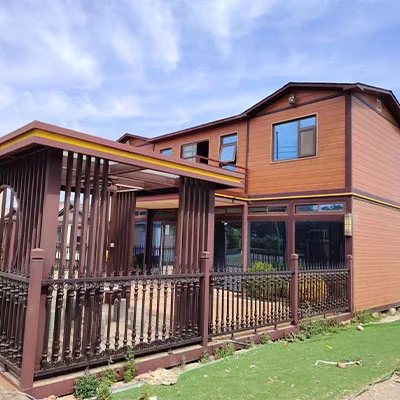
Covering exterior walls is a crucial aspect of home improvement that can enhance both aesthetics and protection. As someone who has navigated various options for wall coverings, I understand the need for cost-effective solutions. In this article, I will explore the cheapest ways to cover exterior walls while ensuring durability and appeal.
Understanding the Need for Wall Coverings
Why Cover Exterior Walls?
Covering exterior walls serves multiple purposes, including insulation, protection against weather elements, and aesthetic enhancement. Depending on the material chosen, wall coverings can also improve energy efficiency and increase a property's value. Therefore, it’s essential to choose a method that is not only economical but also effective in fulfilling these needs.
Cost-Effective Materials for Exterior Wall Coverings
1. Vinyl Siding
One of the most popular and affordable options for exterior wall coverings is vinyl siding. This material is not only inexpensive but also available in various colors and styles. Vinyl siding is known for its low maintenance needs and resistance to fading and rot, making it an ideal choice for many homeowners.
2. Wood Paneling
Wood paneling can be a cost-effective solution if sourced from reclaimed or local lumber. While it requires maintenance, such as staining or painting, its natural appearance can enhance a home’s charm. Using untreated wood for an exterior can be cheaper, though it may necessitate a protective finish to prolong its lifespan.
3. Stucco
Stucco is a durable option that can be applied directly to the wall surface. It is relatively inexpensive and provides a modern, clean look. The application of stucco involves mixing sand, water, and cement, making it a practical choice for DIY enthusiasts looking to save on labor costs.
4. Plywood Sheathing
For those seeking a temporary solution, plywood sheathing can be an economical option. It provides basic protection from the elements and can be painted for visual appeal. However, its longevity is limited, and it may require replacement sooner than other materials.
5. Corrugated Metal Panels
Corrugated metal panels are increasingly used for modern designs. They are affordable, durable, and easy to install. Metal panels can be left in their natural finish for an industrial look or painted for a more traditional appearance.
DIY vs. Professional Installation
The Benefits of DIY Installation
One of the most significant ways to cut costs when covering exterior walls is to tackle the project yourself. DIY installation allows for greater control over expenses, and with the right resources and guidance, anyone can achieve impressive results. Many online tutorials and community workshops provide the necessary skills to undertake these projects confidently.
When to Hire a Professional
While DIY can save money, there are times when hiring a professional may be beneficial. Complex installations or extensive renovations might require expertise that ensures quality and safety. Additionally, professionals can often procure materials at a lower price due to their industry connections, potentially offsetting some costs.
Maintenance Considerations
Long-Term Cost Efficiency
When selecting the cheapest way to cover exterior walls, it’s crucial to consider long-term maintenance costs. Some materials may be inexpensive upfront but can incur significant expenses over time due to repairs or replacements. For example, while vinyl siding may have a lower initial cost, its resistance to fading and damage can save money in the long run.
Seasonal Maintenance
Certain materials, like wood paneling, require regular maintenance to remain visually appealing and functional. Preparing for seasonal weather changes—such as painting or sealing—can help protect your investment and prolong the life of your wall coverings.
Energy Efficiency and Insulation
Enhancing Home Comfort
Choosing the right exterior wall covering can also impact energy efficiency. For instance, insulated vinyl siding or stucco with foam backing can enhance insulation, leading to lower heating and cooling costs. This consideration adds value to your investment by potentially lowering utility bills.
Weather Resistance
Materials that resist moisture and weather-related damage contribute to the longevity of exterior walls. Investing in weather-resistant coatings or materials can protect your home from rot, mold, and other issues that may arise from prolonged exposure to the elements.
Final Thoughts: Choosing the Best Option for Your Needs
In conclusion, covering exterior walls does not have to break the bank. Options like vinyl siding, wood paneling, stucco, plywood sheathing, and corrugated metal panels offer affordable solutions. As I reflect on the various materials and their benefits, it’s clear that the best choice depends on individual preferences, budget constraints, and the specific needs of the home.
By considering factors like maintenance, energy efficiency, and installation methods, homeowners can make informed decisions that balance cost with functionality and aesthetic appeal.
References
Vinyl Siding Institute – Benefits of Vinyl Siding
Wood Paneling and Its Benefits – The Spruce
Understanding Stucco – HomeAdvisor
Plywood Sheathing Overview – The Balance
Corrugated Metal Panels – Metal Roofs
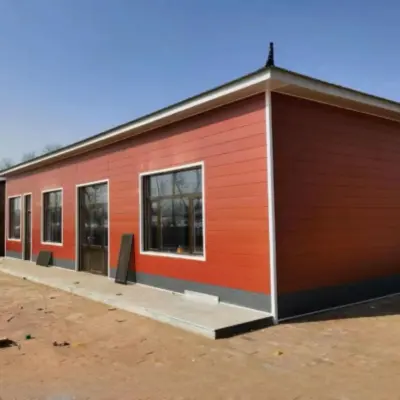
Oct 16 2024
Insulating a building is one of the most effective ways to improve its energy efficiency and overall comfort. When we talk about insulation materials, PU insulation boards frequently come up in conversations. But what exactly is a PU insulation board, and why has it gained such popularity in the construction world? As someone who has studied insulation extensively, I’ll break down what makes PU boards unique, their uses, and why they could be the right choice for your next project.
Understanding PU Insulation Board
What Does PU Stand For?
PU stands for Polyurethane, a versatile and durable polymer. In the context of insulation, PU insulation boards are made from rigid polyurethane foam, a material widely recognized for its excellent thermal insulation properties. The process of creating polyurethane foam involves the reaction of polyols and diisocyanates, resulting in a material that is both lightweight and extremely effective at resisting heat transfer.
Why is PU Insulation Effective?
One of the defining characteristics of PU insulation boards is their high R-value, which is a measure of thermal resistance. The higher the R-value, the better the material is at preventing heat transfer. PU insulation has one of the highest R-values among common insulation materials, which means it provides superior insulation while using a relatively thin layer. This efficiency in insulation is a key reason why PU boards are popular in both residential and commercial construction projects.
Key Properties of PU Insulation Boards
1. High Thermal Resistance
As I mentioned earlier, PU insulation boards are known for their excellent thermal resistance. This characteristic makes them ideal for climates where temperature control is crucial. Whether you're looking to keep the heat out during the summer or retain warmth in the winter, PU insulation can help maintain stable indoor temperatures.
2. Lightweight Yet Strong
Despite its strong insulating properties, polyurethane foam is surprisingly lightweight. This feature makes PU insulation boards easy to handle and install. Moreover, their lightweight nature does not compromise their structural integrity, meaning they can be used in a variety of construction applications without adding unnecessary weight to the building.
3. Moisture and Weather Resistance
One of the concerns with many insulation materials is their susceptibility to moisture. However, PU insulation boards are naturally resistant to water, reducing the risk of mold and mildew growth. Additionally, PU boards can withstand various weather conditions, making them a reliable choice for outdoor applications, such as roofing or wall insulation.
4. Fire Retardant Qualities
Safety is another significant consideration in building materials, and PU insulation boards don’t disappoint in this regard. Many PU boards are treated with fire-retardant chemicals, ensuring they meet building codes and safety standards. This feature adds an extra layer of protection, particularly in buildings where fire safety is a priority.
Applications of PU Insulation Boards
1. Residential and Commercial Buildings
PU insulation boards are commonly used in both residential and commercial construction. They can be installed in walls, roofs, and floors to provide effective insulation throughout the building. In addition to their thermal benefits, PU boards also contribute to soundproofing, enhancing the overall comfort of the indoor environment.
2. Refrigeration Units
Another significant application of PU insulation boards is in refrigeration. Due to their ability to resist heat transfer, PU boards are frequently used in the construction of refrigerated units and cold storage facilities. They help maintain the necessary low temperatures while reducing energy consumption, which is critical for businesses that rely on refrigeration.
3. Industrial Applications
In industrial settings, PU insulation boards are used to insulate pipes, tanks, and other equipment. Their thermal resistance ensures that the machinery operates efficiently by minimizing heat loss. This application is particularly beneficial in industries where energy savings can translate into significant cost reductions.
Environmental Impact of PU Insulation Boards
The Sustainability Debate
When considering any building material, the environmental impact is an important factor. Polyurethane is derived from petroleum-based products, which raises concerns about its sustainability. However, it’s essential to balance these concerns with the energy savings that PU insulation boards offer over their lifespan. By improving a building's energy efficiency, PU insulation boards can significantly reduce the overall carbon footprint of a structure.
Recycling and Disposal
Another issue to consider is the recyclability of PU insulation boards. While polyurethane foam is not as easily recyclable as some other materials, efforts are being made to improve recycling methods. For example, some manufacturers are exploring ways to break down polyurethane foam into its base components for reuse in new products. Furthermore, proper disposal and recycling practices can help minimize the environmental impact of PU insulation boards at the end of their life cycle.
How to Install PU Insulation Boards
DIY vs. Professional Installation
If you're considering using PU insulation boards in your project, you may wonder whether to install them yourself or hire a professional. While PU boards are relatively easy to handle due to their lightweight nature, proper installation is key to ensuring their effectiveness. If you're experienced with DIY home improvement projects, you might find installing PU boards manageable. However, for larger or more complex installations, it’s often best to hire a professional to ensure the job is done right.
Common Installation Methods
PU insulation boards can be installed using a variety of methods depending on the application. They are typically cut to size and affixed to the building structure using adhesives or mechanical fasteners. In some cases, they can be used in combination with other insulation materials to achieve even higher R-values.
Conclusion: Is PU Insulation Board Right for Your Project?
In conclusion, PU insulation boards are an excellent choice for anyone seeking a high-performance, durable, and versatile insulation material. Their combination of thermal resistance, moisture resistance, and fire safety makes them suitable for a wide range of applications, from residential homes to industrial settings. As I’ve explored the various properties and uses of PU insulation, it’s clear that they offer both short-term and long-term benefits for energy efficiency and comfort.
While there are some environmental concerns related to the production and disposal of polyurethane, the energy savings they provide over their lifespan often outweigh these issues. If you’re looking for a cost-effective and reliable insulation solution, PU insulation boards are certainly worth considering.
References
Polyurethane Foam Association – What is Polyurethane?
Insulation for Energy Efficiency – U.S. Department of Energy
Fire Safety and PU Insulation – NFPA
Environmental Impact of Polyurethane – Green Building Advisor
Polyurethane in Refrigeration – Industrial Insulation Guide
news
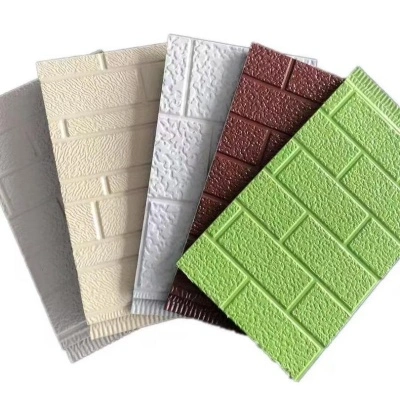
Oct 15 2024
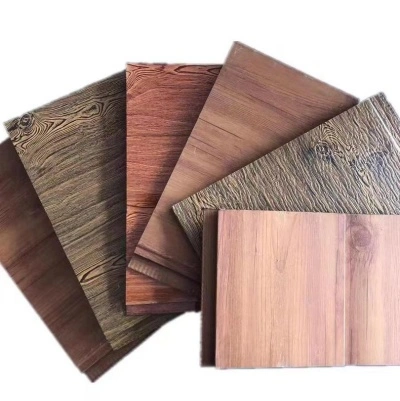
Oct 15 2024
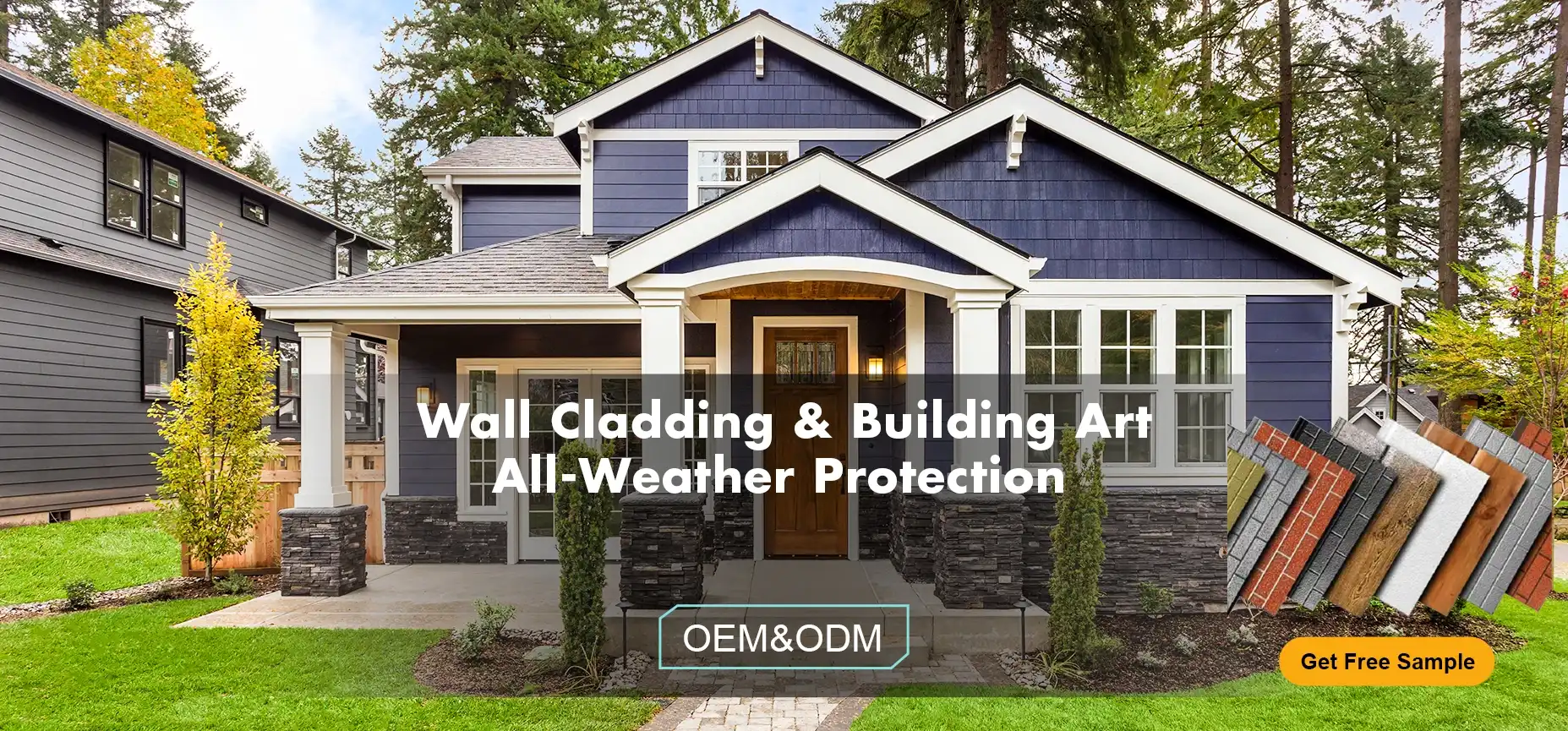
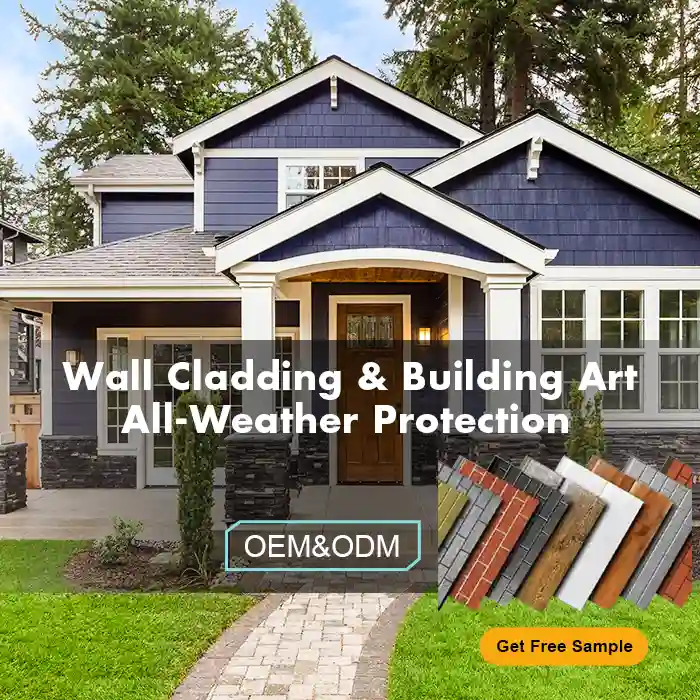
_1730944595865.webp)
_1730945354972.webp)
